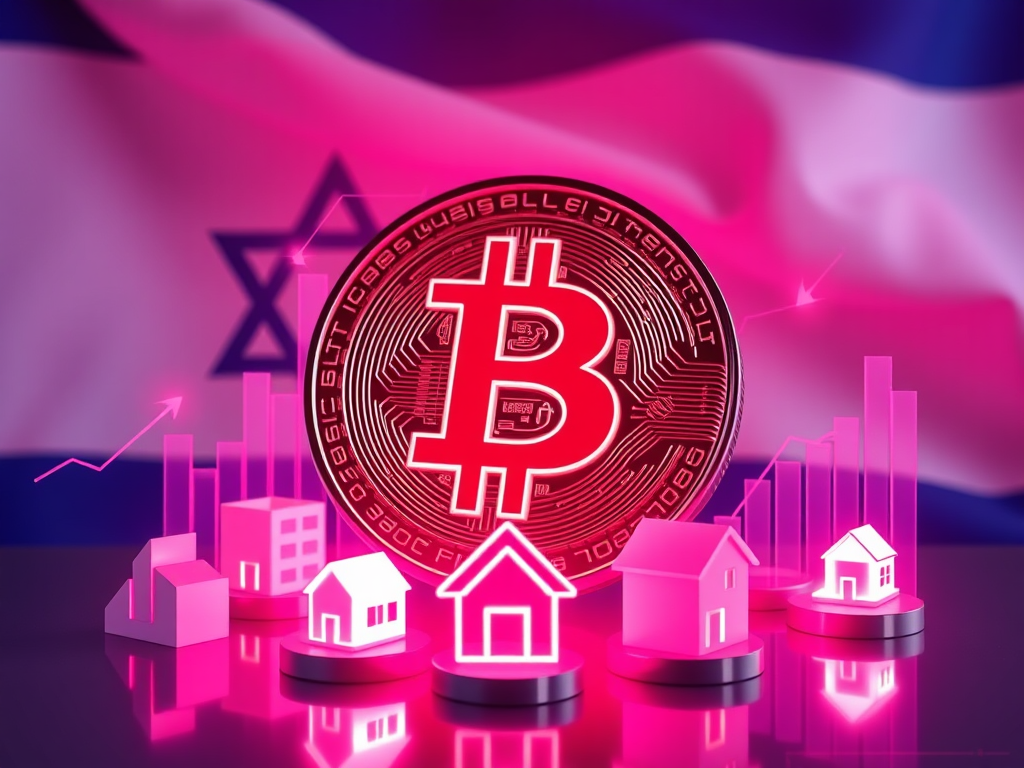Key Points:
• Recent geopolitical tensions have led to increased volatility in the crypto market, with Bitcoin and Ether experiencing price drops amid escalating Middle East conflicts.
• Regulatory scrutiny is intensifying, as exemplified by the SEC’s plans to amend its complaint against Binance, potentially impacting the broader cryptocurrency landscape.
Crypto as a Safe Haven in Uncertain Times
The ongoing Israel-Hamas conflict has reignited discussions about cryptocurrencies as safe haven assets during times of geopolitical uncertainty. Historical precedents, such as the US-Iran tensions in early 2020, demonstrated Bitcoin’s ability to spike in value as investors sought alternatives to traditional financial systems. However, recent data paints a more complex picture. In August 2024, Bitcoin dropped about 2% below $65,000, and Ether fell more than 1% above $3,200, following escalating Middle East conflicts and Iran’s pledge to retaliate against Israel. This volatility underscores the crypto market’s sensitivity to global events while highlighting its potential as a hedge against traditional market instability.
Regional Adoption and Cryptocurrency Use Cases
The Israel-Hamas conflict has shed light on the increasing adoption of cryptocurrencies in regions affected by instability. This trend is not unique to the current situation; during the Russia-Ukraine war, Bitcoin and Ethereum saw increased usage as means of transferring funds across borders without relying on traditional banking systems. In the context of the current conflict, cryptocurrencies have played a controversial role in fundraising efforts. For instance, digital currency wallets linked to the Palestine Islamic Jihad (PIJ) received approximately $93 million between August 2021 and June 2023, illustrating the complex relationship between cryptocurrencies and geopolitical conflicts.
Market Volatility and Investor Sentiment
The crypto market’s renowned sensitivity to global events has been evident in the wake of the Israel-Hamas conflict. Recent price fluctuations in major cryptocurrencies reflect the market’s responsiveness to geopolitical developments. Despite short-term volatility, the broader cryptocurrency market has shown resilience, with the total market cap reaching $1.06 trillion. Bitcoin, for example, traded at $27,935 despite a 0.1% loss in a 24-hour period, indicating that while immediate reactions to events can be sharp, the overall market maintains a degree of stability.
Evolving Regulatory Landscape
The conflict has intensified discussions around cryptocurrency regulations, particularly concerning their potential use in evading sanctions or funding illegal activities. Recent developments, such as the Securities and Exchange Commission’s (SEC) announcement to amend its initial complaint against Binance, highlight the ongoing regulatory scrutiny in the crypto space. The SEC’s focus on “Third Party Crypto Asset Securities” underscores the evolving nature of cryptocurrency classification and its potential impact on the broader market. These regulatory actions serve as a reminder of the complex legal landscape that cryptocurrencies must navigate, especially in times of global conflict.
Long-term Implications for Crypto Adoption
As the Israel-Hamas conflict continues to unfold, its long-term implications for cryptocurrency adoption and market trends remain a subject of intense speculation. Industry experts, such as Kumar Gaurav, CEO of Cashaa, have noted cryptocurrencies’ demonstrated resilience amidst geopolitical turmoil. This resilience, coupled with their decentralized and global nature, makes them an increasingly attractive asset class during uncertain times. Despite recent price volatility, investors continue to view cryptocurrencies as a potential hedge against traditional financial systems, driving their adoption as a means of portfolio diversification.
In conclusion, while the immediate effects of the Israel-Hamas conflict on the crypto market have been marked by increased volatility, the long-term trajectory of cryptocurrencies as a response to global instability remains an evolving narrative. As regulatory frameworks adapt and investor sentiment fluctuates, the crypto market’s role in times of geopolitical crisis continues to be a critical area of observation for investors, regulators, and market analysts alike.















